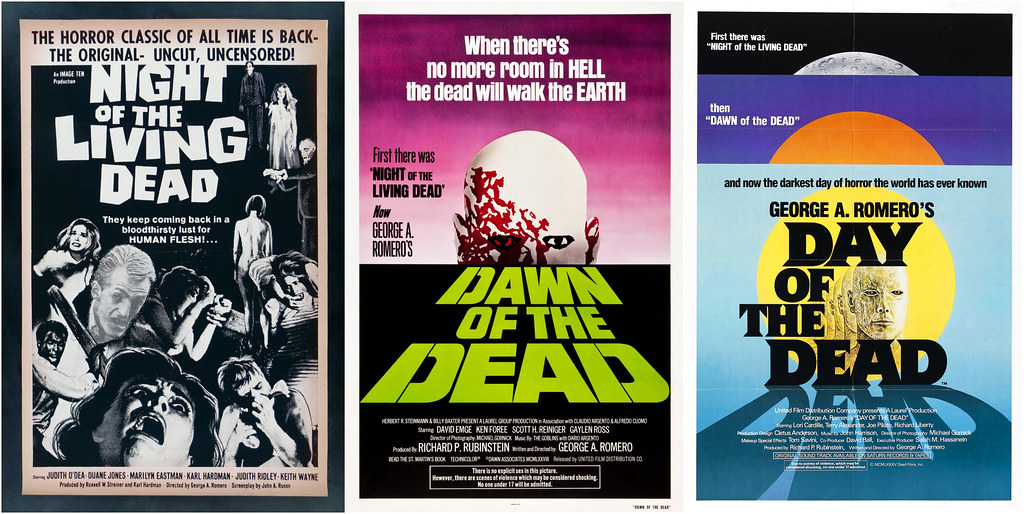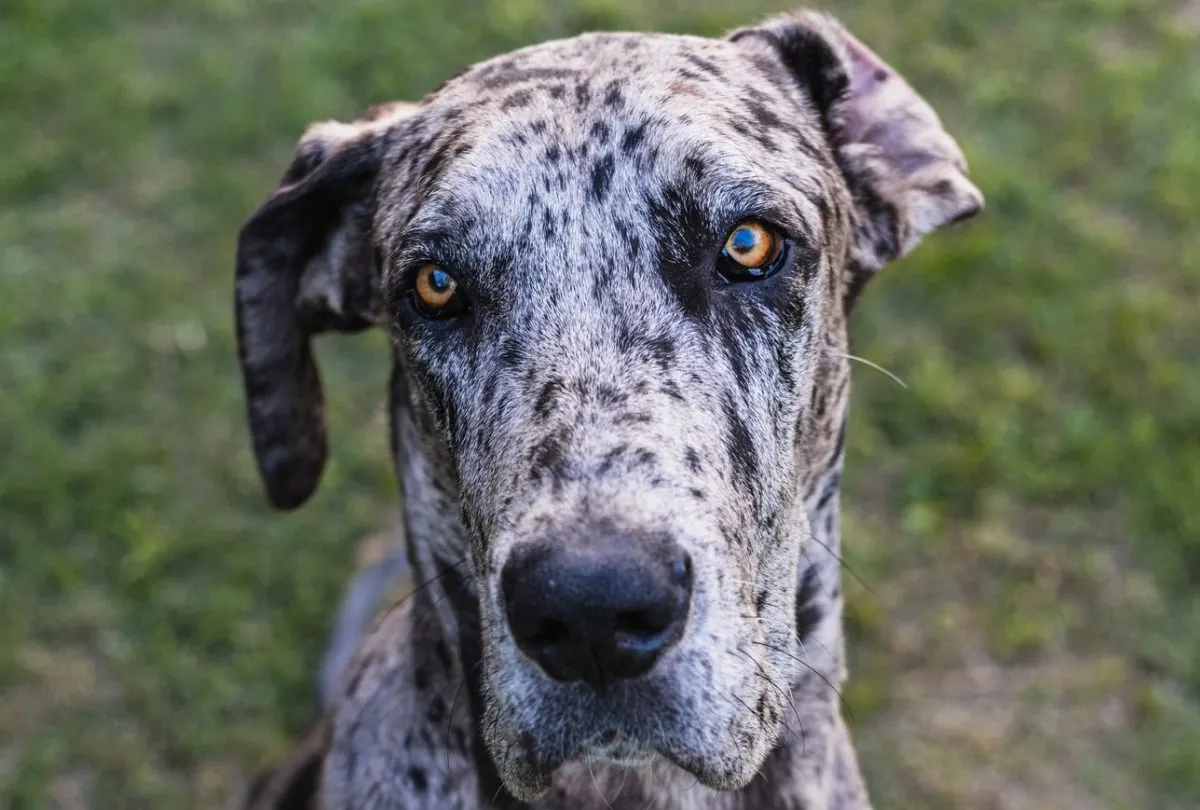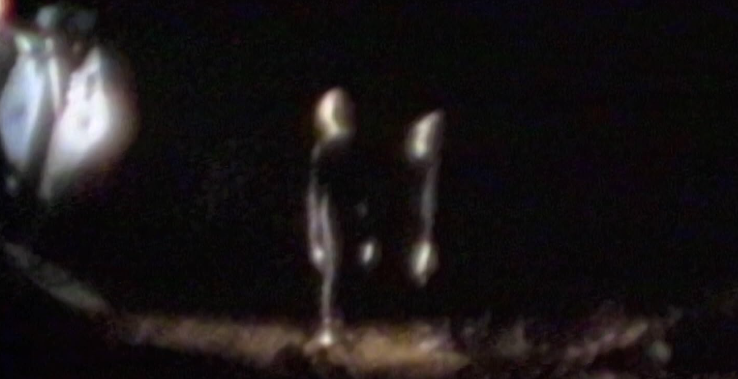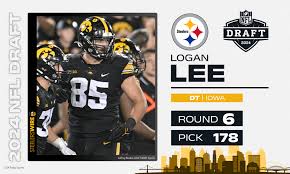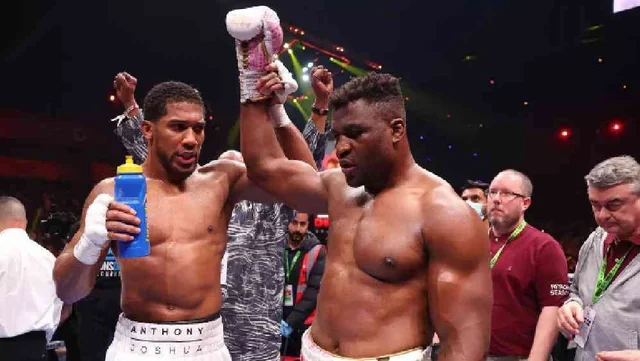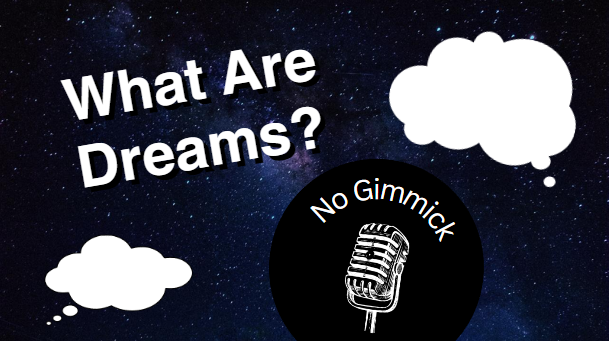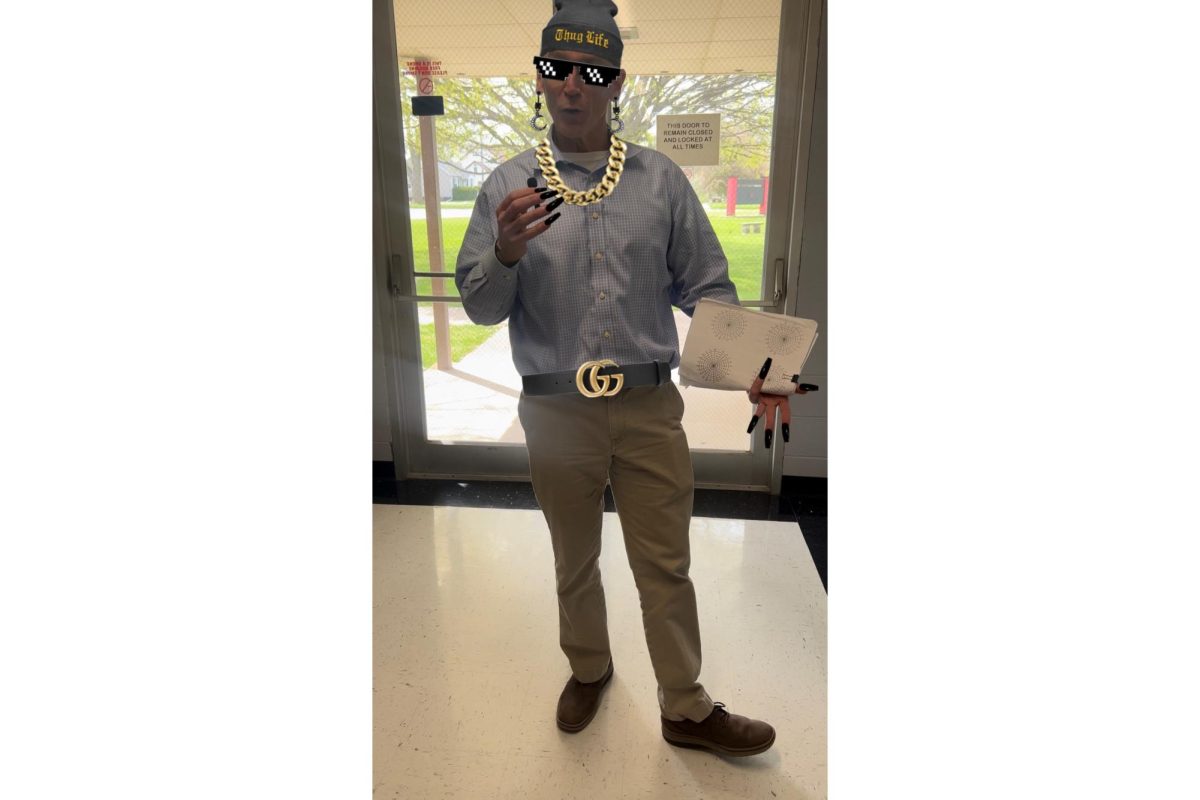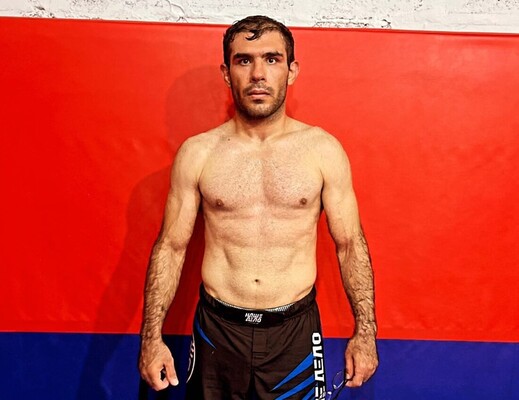Warning: Spoilers for the entire ‘Living Dead’ trilogy
George A. Romero is one of the most important and influential horror directors of all time. It really cannot be overstated how much impact his work has left; he belongs on the same list of directors as John Carpenter, Wes Craven, Tobe Hooper, and Sam Raimi. His various works shaped many aspects of the horror genre as we know it, including films such as The Crazies, Creepshow, and the short film, The Amusement Park. However, none of his films can begin to compare to the iconicity and importance of his original zombie trilogy: Night of the Living Dead, Dawn of the Dead, and Day of the Dead. All three of these are essentially masterpieces, and are some of the defining horror films of each of their respective decades. Not only did they help to establish horror as a serious genre, but they popularized the idea of zombies. If not for Night of the Living Dead, we wouldn’t have things like 28 Days Later, The Walking Dead, The Last of Us, or the countless other forms of zombie media in existence.
None of the films connect to each other, but they all have a certain synergy; despite there being no recurring characters or plotlines, the three films still feel very linked. They’re meant to represent different parts of an apocalypse: Night is the initial breakout where nobody knows what’s happening, Dawn is the panicked and confused aftermath of the breakout, and Day is the depressing and melancholic finale where we see humanity begin to come to an end. I do know that there are technically three other sequels that take place in this universe, Land of the Dead, Diary of the Dead, and Survival of the Dead, but those stand as their own separate trilogy, and aren’t nearly as well known or respected as the originals. And, of course, each entry of Romero’s original trilogy have a remake that modernizes them a little bit, but I haven’t seen any of those, so I won’t be comparing them. So, let’s begin where it all started- a little indie movie from 1968 known as Night of the Living Dead.
Night of the Living Dead (1968)
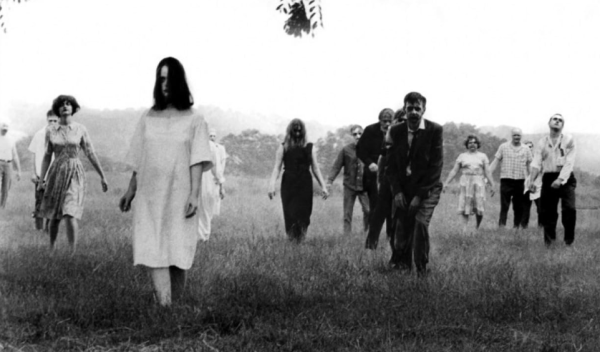
I honestly think it’s fair to call Night of the Living Dead the single most important horror film ever made- even more so than Psycho, which had been released eight years earlier. While Psycho is still one of the most influential movies of all time, I think that Night of the Living Dead left a slightly bigger lasting impact. The influence of both is easy to see to this day, but I feel that more horror films could be traced to this over Psycho. When this movie came out, horror movies were still seen as something that kids could watch; parents would drop their children off at the theater for a day of easy entertainment. However, that all changed when George A. Romero created what was probably the most terrifying film that had been made up to that point. At this time, horror films this gory and shocking didn’t really exist. People weren’t expecting to see a horde of zombies devouring a human, which is still a very convincing scene to this day. This film is often credited as one of the main reasons the MPAA introduced a rating system- the MPAA had existed for a long time, but age ratings for films had not yet been created so anybody could walk into this movie and watch a zombie child kill her parents.
Aside from its social commentary, Night of the Living Dead is so important because it created the modern zombie. The basic rules surrounding zombies that everybody is familiar with exist because of this film. Without it, we have no zombies whose brains must be destroyed, no zombies that eat people, and no zombies that slowly shuffle and stumble. It’s fascinating to watch a zombie movie that came out around this time, as the characters truly have no idea what’s happening. There was no other popular zombie media to teach them about the basic rules of a zombie. In something like The Walking Dead, the characters figure out what’s happening pretty quickly, as there are plenty of other forms of zombie media that they could have learned from. The idea of zombies did exist at the time, but nothing had popularized it before Night of the Living Dead. Because of this, it’s very interesting to see the characters in this film react to the undead. I still find Night of the Living Dead to be fairly creepy- the black and white definitely adds to it, and the violence is very graphic for the time it was released. I can’t think of another movie before this that had scenes as violent as those present here; a pack of zombies eating people with stand-in animal guts is still a disturbing scene because of how realistic it looks.
The cultural impact Night of the Living Dead left is undeniable, and not just because of how shocking the film was. It’s the reason why almost all zombie media comments on some aspect of society; although created unintentionally, the racial implications of this film are unignorable. It was released in the final years of the civil rights movement, and casting a black man as the lead was a big deal. The film was written with the intention of casting Duane Jones’ character as a white man, but Jones gave the best audition, so Romero hired him. Doing this created some very clear social commentary, although it didn’t seem obvious to Romero at the time. He wasn’t necessarily trying to say anything with Night of the Living Dead, but has later admitted many times that he did, in fact, create something that went far beyond his intentions. The way Jones’ character, named Ben, is portrayed was quite rare at the time; it completely avoids stereotypes, tokenism, and other racist practices common in the 60’s. Ben is a strong, capable, and smart character, who takes charge of the group, and doesn’t back down when his leadership is challenged. He’s just a normal person who is able to take control of a situation and help people survive. In an interview in 2010, Romero stated “If there was a film with a black actor in it, it usually had a racial theme… consciously I resisted writing new dialogue just because he happens to be black. We just shot the script. Perhaps Night of the Living Dead is the first film to have a black man playing the lead role regardless of, rather than because of, his race”. It’s quite strange how a film with this many political and social undertones, even aside from the race related ones, was never meant to be this way. If Ben was played by a white man, it certainly wouldn’t have the same effect. Even if done unintentionally, the casting of Duane Jones makes Night of the Living Dead much more powerful, and adds many elements that improve its overall quality.
The strongest examples of the racial themes in this film occur when Ben discovers more people hiding in the farmhouse’s basement, including Harry, who does not like the fact that Ben is in charge. Even though it wasn’t written this way, it’s obvious that Harry has a problem with Ben’s leadership because of his race. Harry is a very hotheaded character, and it makes his character seem as if there’s a lot of underlying racism buried within him. The film’s tragic ending involves Ben being mistaken for a zombie, getting shot in the head, and being dragged by meathooks to a pile of dead zombies before being burned. After Ben is shot, the resolution plays out in a collection of still frames, which have been compared to photos of real life lynchings that occured around the time. The only aspect of Night of the Living Dead I can criticize is the character of Barbara; Romero fell into the trap of the damsel in distress trope, completely underutilizing and wasting Barbara. Her only role throughout the entire movie is to sit on the couch and be afraid until she’s killed. While this is a very unfortunate problem, I really don’t have that big of an issue with it. It’s definitely something that could be improved upon, but I find the rest of the film to be so good that it makes up for this flaw.
Dawn of the Dead (1978)
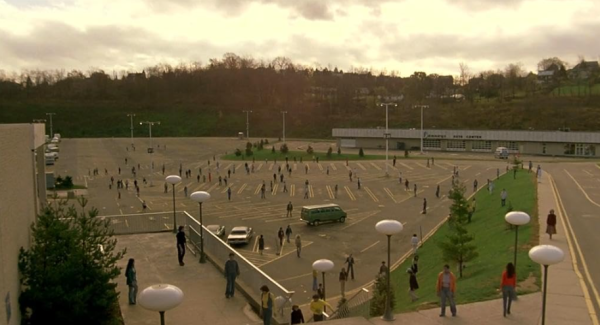
Possibly even more recognizable than its original, Dawn of the Dead has quickly become one of my favorite horror films of all time. The sheer iconicity and influence of this film is very impressive- how many random things can you think of that reference this movie? The idea of a group of survivors waiting out a zombie apocalypse in a mall is a very common trope, and it exists because of this film. The idea of using zombies to comment on consumerism also originated here, thanks to its shopping mall setting. Even the title is frequently referenced- there’s a whole zombie parody movie whose title is just a pun of this film. This is definitely my favorite of the three; while the other two do certain aspects better, I find Dawn to be the most interesting. I prefer the characters and plot present here to those in the predecessor and sequel, and think it’s the most consistently enjoyable. It does a great job of showing the zombie apocalypse fantasy we all have: locking down a large space with several others and doing everything you can to protect it from the outside world. Many stories show characters taking control of similar locations, and they can all be traced back to Dawn of the Dead. Plus, I think the mall setting makes for a much more interesting plot than something like the prison in season three of The Walking Dead or World War Z.
After accidentally creating one of the most socially aware horror films of all time, Romero decided to go all in with it in its sequel, covering many different social and political topics. In its opening minutes, we see a low-income apartment building with a population of black and Puerto Rican tenants being raided by the police for refusing to bring out their bodies. Aside from the zombies, dozens of innocent people are brutally and unceremoniously gunned down, which sets the bleak tone, and shows how heavy racism exists among police forces. This is really driven home when one especially horrible officer throws around several offensive slurs before going on a bloodthirsty rampage, where he begins to shoot at anything that moves, not caring if they’re human or not. But, of course, the most prevalent themes here are those of consumer culture and the dangers surrounding it. Most obviously, there’s the irony of a shopping mall full of zombies; it’s as if the rampant consumerism present has turned the shoppers into mindless hordes of the undead whose one goal is to consume both products and people. Aside from this metaphor, Dawn of the Dead shows the viewer how easy it is to ignore the horrors of the outside world when you’re surrounded by the comforts of a consumerist society; the mall is filled with stores and products that the characters take full advantage of to distract themselves from what is happening outside. In the final act, a biker gang attacks the mall in an attempt to take it for themselves, which brings hundreds of zombies inside with them. This serves as a reminder of the harsh realities of the country the film takes place in, and how you shouldn’t become too comfortable indulging in capitalistic practices and ideals.
The practical effects showcased here are quite shocking for 1978- it’s a true display of Tom Savini’s skill. He was meant to do effects on Night of the Living Dead, too, but had to serve in Vietnam, and was ultimately unable to provide his talents for that film. However, his efforts in Dawn ended up scoring him makeup and effects roles on Creepshow, The Texas Chainsaw Massacre 2, and several Friday the 13th movies, among many others. The gore throughout is disgusting, and really surprised me with just how violent it could be. Most of the film has a consistently chaotic and panicked atmosphere, and the violence really adds to this. That’s not to say it’s not a fun movie to watch, however; Romero wanted this movie to be funny, including many hilarious character interactions and jokes, getting pretty wacky with it at times. It is meant to be a satire, so I think these moments fit in just fine without ruining the feeling of dread it instills in you- the only time it goes too far is when the bikers start to have a literal pie fight with the zombies.
Dawn of the Dead is the perfect sequel. It’s a genius way to portray the second stage of an apocalypse, where people have realized what’s happening, and are fully panicking. While most of the film does take place in the mall, I love that it has a few scenes showing what’s happening around the country, including a news station that’s trying to keep people updated among the chaos, the aforementioned apartment building meant to show the quickly deteriorating state of normal life, and a group of civilians the military has recruited to hunt down zombies. It satisfies the desire to see how the rest of the country is doing, which is always something that I’m curious about in movies like this. Overall, Dawn of the Dead takes the already great foundation of Night and improves upon it in so many ways. The characters are all very charming and lovable, and it’s always very upsetting to see them get such nasty deaths. I also appreciate that this sequel gave us a more positive ending than the first- while Night‘s was very effective for what that film was trying to be, I’m glad Romero decided to ditch the original plan of killing everyone, and instead decided to let two of the group members survive. Ultimately, their fates are never revealed, but the ending gives you hope that they make it for a while longer.
Day of the Dead (1985)
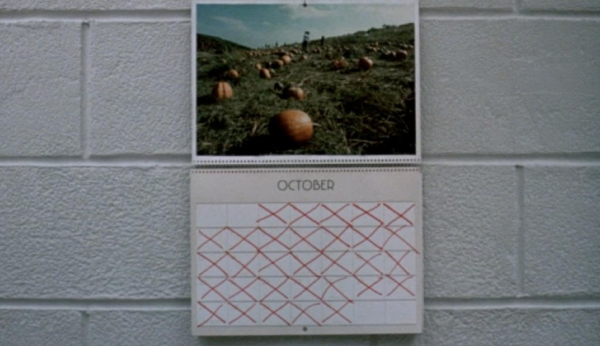
By far the most unknown of the trilogy, Day of the Dead takes things in a completely different direction, but one I appreciate. It focuses on a group of soldiers that have been assigned the task of supervising several scientists, who are trying to find a solution to the zombie problem. This entry takes place much further into the apocalypse, opening with the group of survivors venturing out into a nearby city to look for more, only to be disappointed. Humanity is on its last legs, and vast majority of the human population has long been gone. The group Day focuses on have two wildly different ideas of how to go about this: the scientists want to experiment with the zombies and try to solve the problem by domesticating them or creating a cure, while the soldiers want to just abandon their mission and escape to some unknown location. It quickly turns into a dictatorship, with the soldiers losing patience after not seeing results they’re satisfied with.
While I still prefer Dawn, the ideas behind the script of Day are the most fascinating out of the three. We’re given a lot more information as to how the zombies function, and how they can be trained. We’re shown a lab full of chopped-up zombies, in an attempt to see how far they can be whittled down without dying, and if their brains can be trained to do simple tasks. The main experiment of the film is Bub the zombie, an infected soldier one of the scientists is attempting to domesticate. He shows Bub things from his past, like a book, music, and a gun. Bub is the only zombie in this series that could be considered a character; he forms a relationship with Dr. Logan, and learns to use human technology. The scene where he first cocks a pistol is such a significant moment in the series- it shows that the scientists are right. For the third entry in a zombie series, zombies really aren’t as big of a focus in this film as they are in the others; aside from the opening and the extremely bloody ending, most of the undead we see throughout Day are simply experiments. It’s a much more human story than the other two, and focuses more on relationships and human conflict than the threat of zombies. The antagonists are the soldiers, not just waves of the undead.
Day of the Dead asks the viewer just how much power should be trusted with the military; the soldiers decide that things aren’t moving quickly enough, and decide to just run things how they want to. These movies have always been political, and Romero’s commentary in Day perfectly wraps up the series. It shows the reader a group of racist, sexist, and bloodthirsty soldiers who refuse to listen to any form of logic, as they’ve already decided they don’t want to accept reality. It’s by far the most depressing of the three, as you watch these brainless soldiers mercilessly gun down several innocent scientists for no reason before getting ripped apart themselves. It’s a very interesting way to portray the negative aspects of militarism, showing that brute force cannot prove scientific fact wrong. In the end, everyone gets screwed over: good people, a scientist trying too hard to prove the gun-toting idiots wrong, and the gun-toting idiots who thought they could control everything. Many would describe Day of the Dead as cheesy, and I just cannot understand this perspective. It’s one of the most complex and human horror films I’ve ever seen, being almost entirely composed of human interactions and conflict. The characters feel so realistic and intricate, and the script contains what is probably Romero’s best writing.
Although I’ve watched them fairly recently, there is no doubt in my mind that Romero’s zombie trilogy is the greatest horror trilogy of all time, and one of the greatest film trilogies in general. While everybody has heard of these films, I’ve found that surprisingly few have watched them, and I could not recommend them more. They satisfy so many wants I have in horror movies- great premises, frightening scenes, amazing kills, realistic characters, and well-written scripts. Whether you’re looking for an entertaining horror experience or one that goes a bit deeper, you can’t go wrong with any of these three.
While Night is very easily accessible due to its public domain status, Dawn and Day are harder to track down. Day is currently on Hulu, but that could change at any point. Dawn is not available on any streaming services or rental services like Prime or Vudu, so it will have to be tracked down via physical copy or online somewhere.
